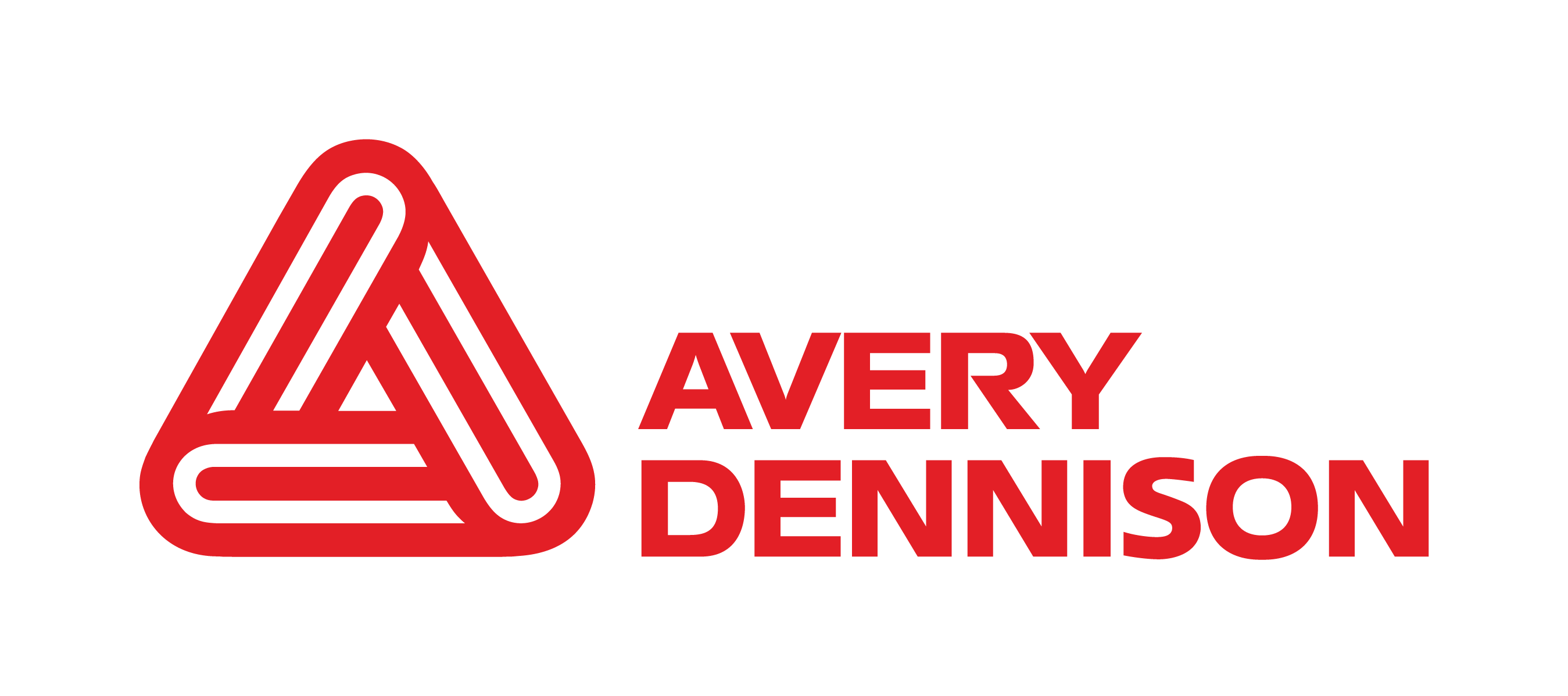Pure acrylic adhesives do not offer sufficient peel adhesion on low surface energy substrates like PE and PP. To overcome this, resins are typically added to the formulation to increase the tack and the final peel adhesion. The type and amount of the resin determine the adhesive properties. Resinated adhesives are also referred to as tackified or modified acrylic adhesives.
Rubber hybridized acrylic adhesives
As described above, acrylic adhesives offer the best properties regarding resistance against elevated temperatures, UV light, and chemicals. Due to their relatively high surface tension, resins must be added to enable bonding onto low surface energy substrates. Rubber-based adhesives bond well to low surface energy substrates but do not offer the high durability expected for long-life technical applications.
Rubber hybridized acrylic adhesives combine the advantages of these two technologies. Using an acrylic backbone with rubber chains attached, the adhesives feature the high, desired resistance properties of acrylic adhesives, coupled with superb adhesion properties, especially, but not limited to, plastic parts or lacquered metals. Typically it can take up to 72 hours to build up the final peel adhesion of up to 30 N/25mm.
Silicone-based adhesives
While most pressure-sensitive adhesives use rubbers or acrylates as base polymers, in some cases, silicone is used to design an adhesive for a tape or label application. With their special performance, these materials can stick to siliconized surfaces such as airbag fabrics. In addition, removable adhesives with excellent detachability, also after severe storage conditions (including heat and high humidity) are available.
Post-application curing
Pressure-sensitive adhesives usually do not dry or cure after they are applied onto the substrates, but rather stay in place due to their high viscosity and adhesion. When extremely high shear properties or high ultimate adhesion are required, special adhesives can be crosslinked by applying temperature or UV rays.
FILMS
Pressure-sensitive adhesives can be used as single-layer, unsupported tapes for mounting purposes. In many cases, though, these adhesives are used together with paper and, more likely in technical applications, with a film.
For most applications, polyester films are ideal. They are available in different calipers and colors and offer high resistance properties and dimensional stability, leading to long-term durability. Polyester films containing a high percentage of recycled resin from post-consumer waste are available.
If ambient temperatures in some areas of vehicles can become higher than 150°C, polyimide films are used.
Even though the usage of PVC films is not deemed sustainable, there are good technical reasons in some instances, including wrap-around or flag cable labels. Here the high flexibility, flame retardancy, and UV stability make PVC technically a very good candidate.
In addition to the standard materials described above, customized or application-specific materials are used to provide the required performance.
ADDITIONAL FUNCTIONAL FEATURES
New pressure-sensitive materials are continuously engineered to meet evolving technical requirements. On top of this, additives are often added to adhesives, films, and coatings, providing additional technical aspects—including specific electrical or electrostatic properties, thermal conductivity or insulation, flame retardancy, or colors.
Pressure-sensitive adhesives, films, and additional features can be combined to create materials that enable the production and identification of electric vehicles and their components. Knowing technical requirements and specifications, material manufacturers support choosing the correct parameters to formulate the perfect pressure-sensitive material for each application.
AVERY DENNISON’s SOLUTIONS
Avery Dennison does not only produce label and functional materials, but also develops and manufactures pressure-sensitive adhesives and film coatings. We offer seven different adhesive technologies and films with dedicated coatings and a full portfolio of RFID inlay solutions to help enable the design of high-performing solutions required in electric vehicles. Our product portfolio includes a broad range of bonding solutions, pressure-sensitive adhesive solutions for protection, insulation, and cell wrapping, and materials for producing instruction, warning, and identification labels, optionally including RFID tags.
With ambitious sustainability goals in place, Avery Dennison focuses on innovations that enhance the circular economy and reduce the environmental impact of processes and products. Dedicated and experienced teams support making e-mobility even more sustainable.









